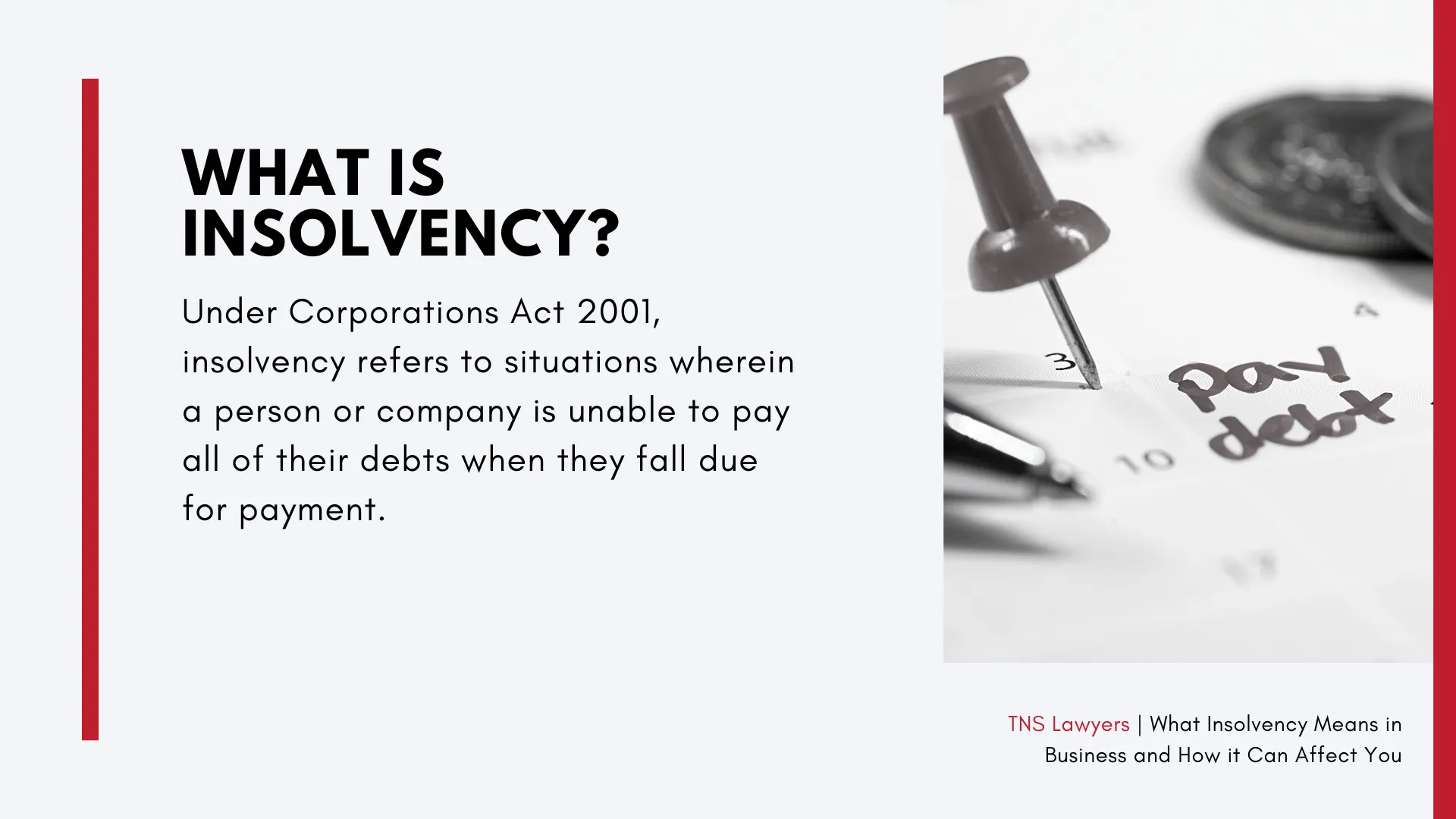Insolvency Practitioner for Dummies
Insolvency Practitioner for Dummies
Blog Article
The Ultimate Guide To Insolvency Practitioner
Table of ContentsThe smart Trick of Insolvency Practitioner That Nobody is Talking About10 Easy Facts About Insolvency Practitioner ShownThe Definitive Guide to Insolvency PractitionerIndicators on Insolvency Practitioner You Need To KnowInsolvency Practitioner for DummiesThe Ultimate Guide To Insolvency Practitioner7 Easy Facts About Insolvency Practitioner Described
Insurance policy is monitored and managed by state insurance coverage departments, and among their main goals is protecting policyholders from the threat of a business in monetary distress. When a business gets in a duration of financial trouble and is not able to meet its commitments, the insurance coverage commissioner in the company's home state starts a processdictated by the legislations of the statewhereby initiatives are made to aid the business regain its economic footing.If it is identified that the company can not be refurbished, the company is stated insolvent, and the commissioner will certainly ask the state court to get the liquidation of the firm. [Back] The insurance policy commissioner, either appointed by the governor or chosen, heads the state insurance department and displays and regulates insurance coverage task within the state.
[Back] By obtaining control of a business, the commissioner (or the insurance coverage department) is, by law, the rehabilitator or liquidator of the company. In this capability, the commissioner or division takes control of the firm's procedures. Instead of do so directly, the commissioner may keep a special deputy receiver to monitor the business's activities.
A Biased View of Insolvency Practitioner
The receiver supervises a bookkeeping of the company's properties and obligations and administers the estate of the firm. In doing so, the receiver seeks to optimize the company's properties, transfer them to cash money, and afterwards disperse that cash to financial institutions having valid cases against the insurer in conformity with payment top priorities specified by state regulation (in all states, insurance policy holders are top priority claimants whose cases are paid before those of general financial institutions).
All insurer (with limited exemptions) accredited to sell life or wellness insurance or annuities in a state need to be participants of that state's guaranty association. The warranty organization accepts the commissioner and the receiver in pre-liquidation preparation. As soon as the liquidation is purchased, the warranty organization provides coverage to the business's insurance holders that are state locals (as much as the degrees defined by state lawssee below; any benefit quantities over the warranty asociation advantage levels become insurance claims versus the firm's staying possessions).
The above protection levels use individually for each financially troubled insurer. When an insurance provider falls short and there is a deficiency of funds needed to fulfill the responsibilities to insurance policy holders, state warranty organizations are activated. Warranty associations have subrogation civil liberties to an in proportion share of the assets remaining in the fallen short insurance provider.
Insolvency Practitioner for Dummies

NOLHGA develops a task force of representative warranty organizations to function with the insurance commissioner to develop a strategy to shield policyholders. For additional information on NOLHGA's role at the same time, see "What Is NOLHGA?" and "The Safety Net at the workplace." [Back]
You are right here: Insolvency is when a firm or person can not pay financial debts when they schedule. There are several options offered to an insolvent company or person: ASIC regulates companies, it does not manage personal insolvency procedures. To find out more regarding insolvency and personal insolvency agreements, visit the Australian Financial Safety and security Authority site.
Unknown Facts About Insolvency Practitioner
Anticipating security by assisting you select the right customers and the best markets to avoid bad debt to begin with, many thanks to severe monetary analysis - Insolvency Practitioner. Thorough market knowledge, giving you with 360-degree exposure on business industries and impending difficulties. It would be a simplification to think a trade debt insurance starts and finishes with costs and pay-outs
This can occur for a variety of factors, consisting of inadequate economic monitoring, unexpected expenses, or a change out there. If a company is insolvent, it might be required to fold or sell possessions to pay creditors. This can have a significant impact on business, workers, and shareholders.
Why does a company enter into insolvency? There are a number of reasons why a business may enter into insolvency.
The Facts About Insolvency Practitioner Revealed
Other factors for bankruptcy consist of scams, mismanagement, and unanticipated prices. Bankruptcy can likewise lead to job losses and the closure of companies.
This can have significant effects for the firm, its stakeholders, creditors and the economy. The company may be required to offer possessions, lay off team or even shut down. This can have a knock-on impact on the regional area and the economy all at once. Creditors may be omitted of pocket and the firm's investors might see their investment disappear.
This can happen for a number of reasons, including bad economic administration, unforeseen costs, or an adjustment in the marketplace. If a company is bankrupt, it might be required to fold or sell possessions to pay creditors. This can have a significant effect on the organization, staff members, and investors.
Some Known Details About Insolvency Practitioner
Why does a firm get in right into insolvency? There are a go to this site number of reasons why a firm may get in right into insolvency.
Various other factors for bankruptcy consist of fraudulence, mismanagement, and unanticipated prices. Insolvency Practitioner. When a business comes to be financially troubled, its properties are used to settle its financial debts. This can have a major effect on the business, as it may no more have the ability to proceed running. Bankruptcy can also result in work losses and the closure of organizations.
The Basic Principles Of Insolvency Practitioner

Report this page